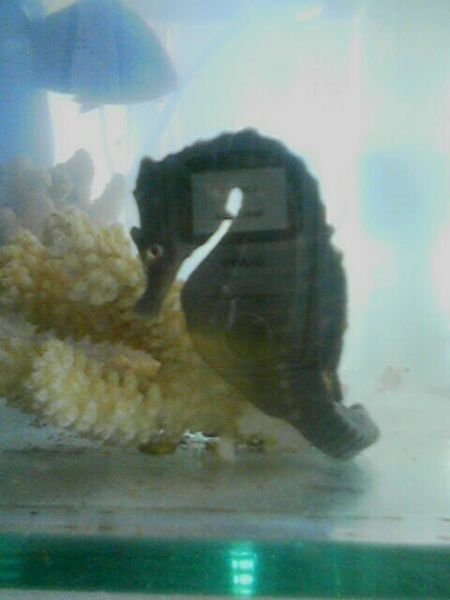 Hello, Frank Indiviglio here. In 2001, I wrote a book about the Natural History and Care of Seahorses. As I intended, many readers were discouraged, due to the demands involved in their care and the fragile state of wild populations. Today, I am happy to report that captive-born individuals of several species are regularly available, and that the task of feeding them (a major stumbling block) has been greatly simplified. Still, they are not ideal for every aquarist. Following are some important points to consider before you decide to keep these intriguing but challenging fishes.
Hello, Frank Indiviglio here. In 2001, I wrote a book about the Natural History and Care of Seahorses. As I intended, many readers were discouraged, due to the demands involved in their care and the fragile state of wild populations. Today, I am happy to report that captive-born individuals of several species are regularly available, and that the task of feeding them (a major stumbling block) has been greatly simplified. Still, they are not ideal for every aquarist. Following are some important points to consider before you decide to keep these intriguing but challenging fishes.
Seahorses Need a Wide Variety of Small, Live Foods
The world’s 130+ seahorse species (Family Syngnathidae) are strict live food specialists. Brine shrimp, the most easily-obtained seahorse food, is suitable as a steady diet for only one, the Dwarf Seahorse, Hippocampus zosterae (please see this article). Most others avidly consume brine shrimp, but will not survive long without amphipods (scuds, side-swimmers), sand hoppers, tiny shrimp, Mysids and similar marine creatures. Read More »
 That Fish Blog – Aquarium Advice and Information
That Fish Blog – Aquarium Advice and Information


